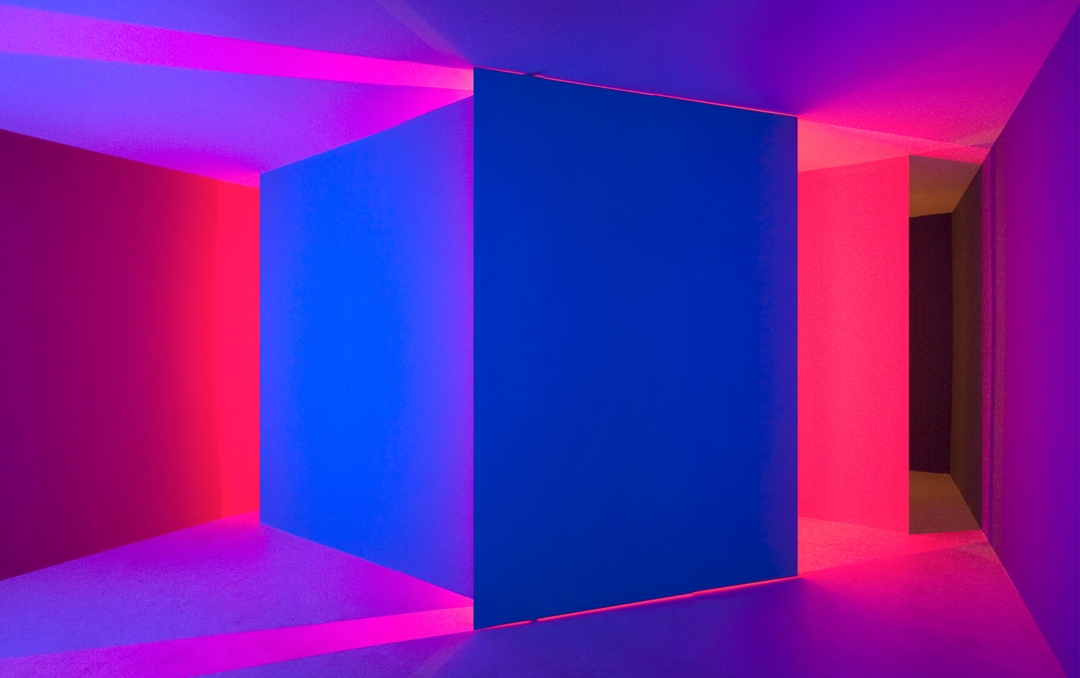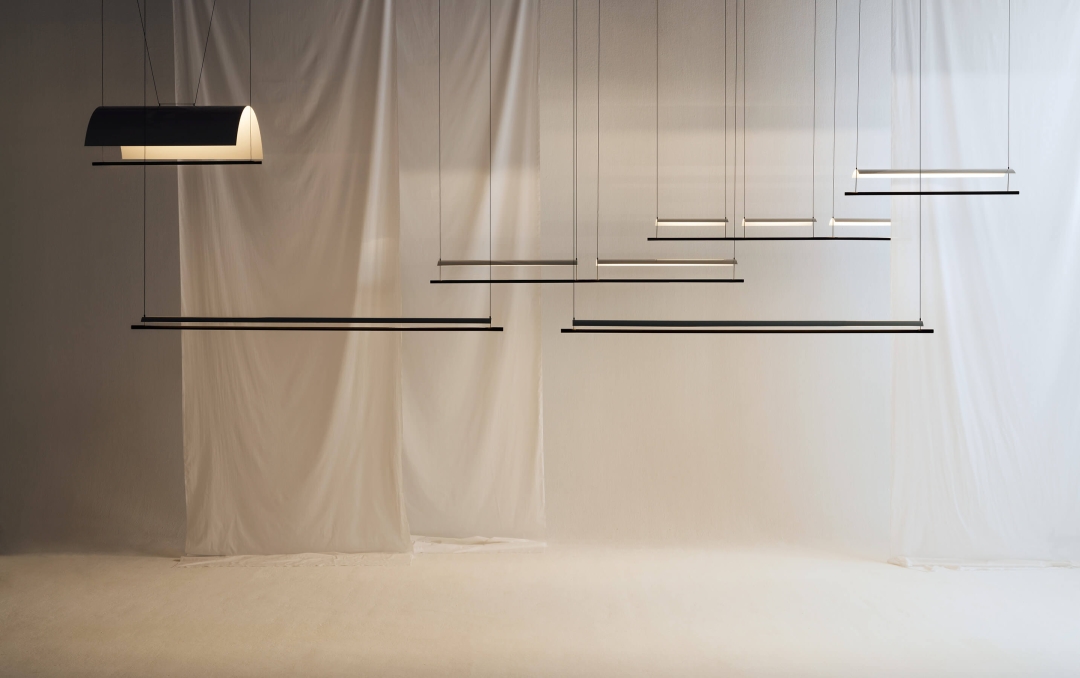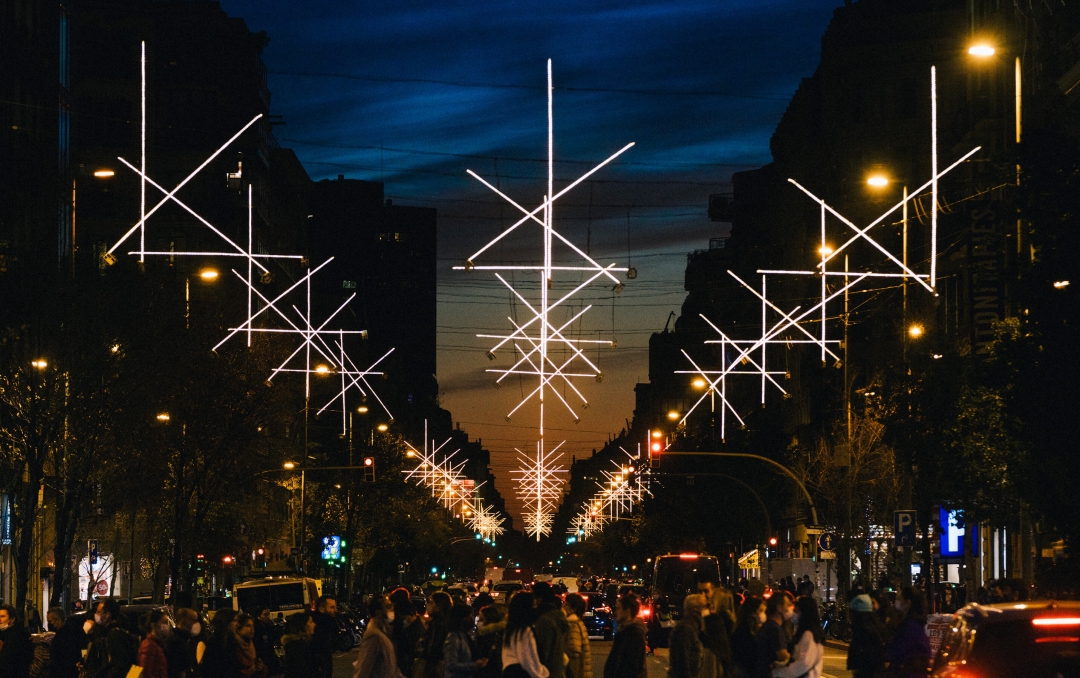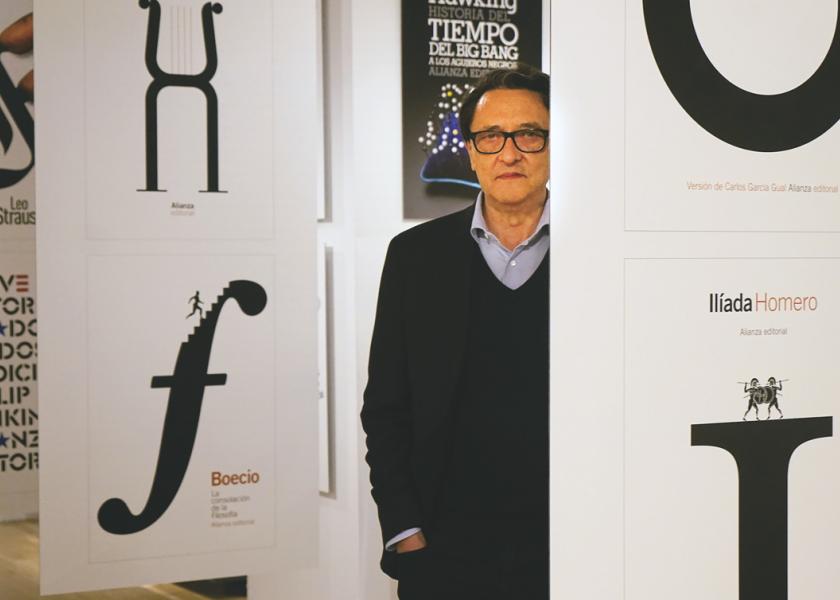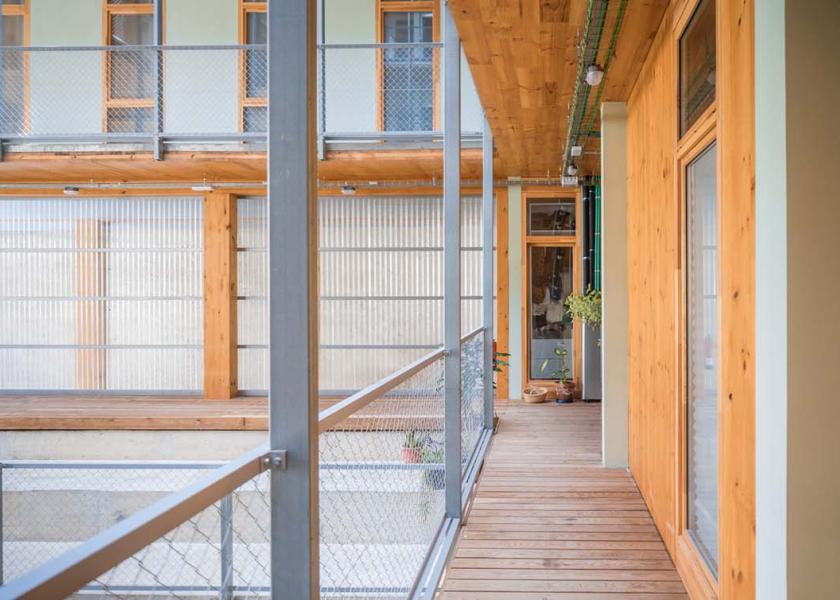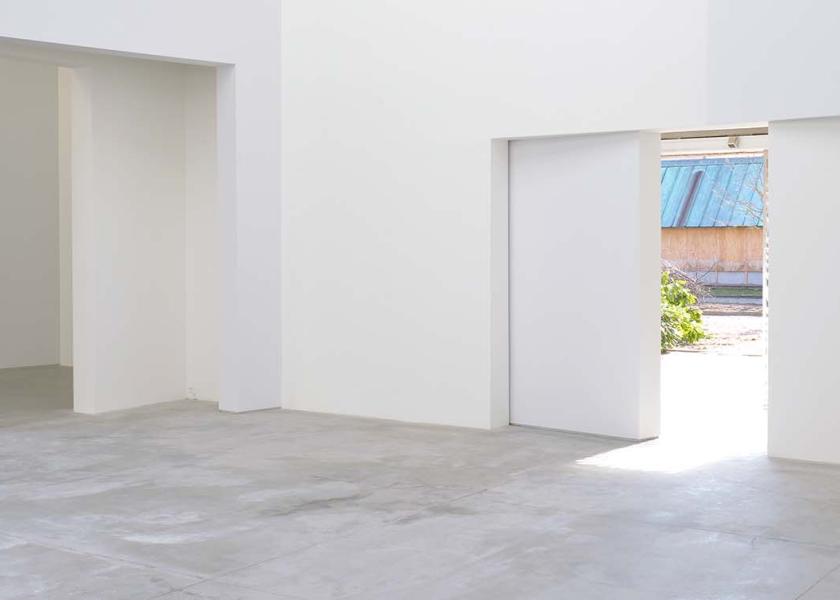Antoni Arola
The master of light
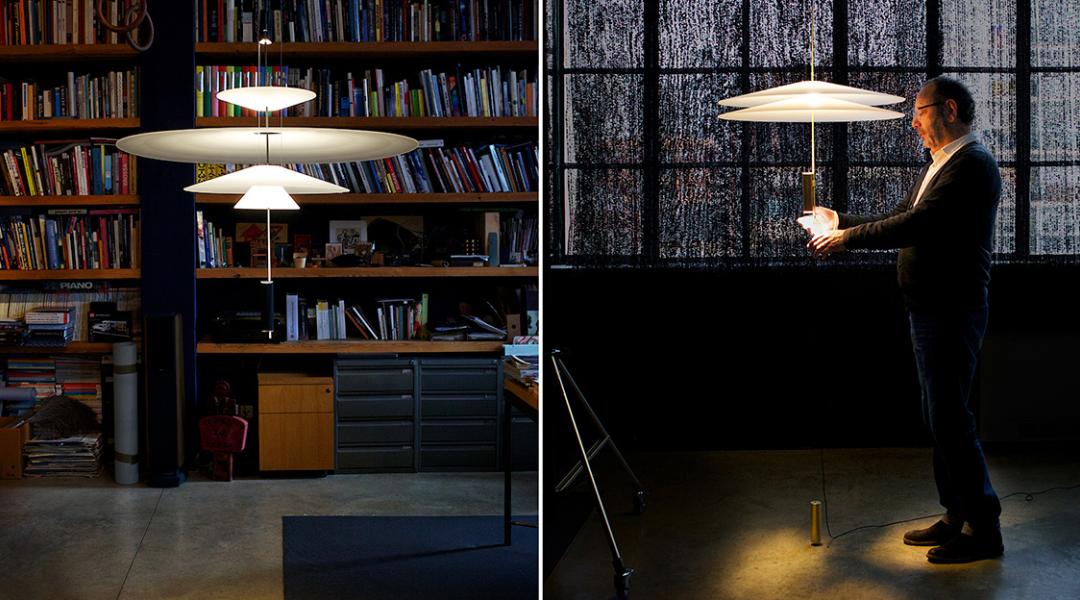
Design found Antoni Arola, and not the other way around. He saw the light and started creating inspired by it until becoming one of the most relevant designers in Spain (and the world). The multiple awards he has received and the interest his exhibitions spark bear witness to this. Usefulness, yes, but also beauty and essence are the keys to his handcrafted works, which reveal a unique world view.
He wasn’t always certain, but that bad student whose mother said drew well had a revelation when he started working at a design shop at the tender age of 17. Antoni Arola (Tarragona, 1960) discovered that he liked design, and he decided to go and study in Barcelona, where he later worked at Estudio Lievore y Piense, and then at AD Associate Designers, until he founded his own studio in 1994.
Since then, Arola hasn’t wavered in his pursuit of beauty in remarkably diverse areas, from lighting to furniture, through packaging and art installations. His work has been exhibited in cities around the world, like Barcelona, Milan, London, Mexico, New York, or Tokyo, and he has received awards such as the Spanish National Design Award, the Delta de Plata —on four occasions—, and the Red Dot Design Award, among others.
Where does your passion for design come from and how did you start to develop your talent?
I’ve been good at drawing since I was little. I was also a bad student and quite rebellious, so I’d only pass the usual: drawing and physical education. At 17, by coincidence and thanks to a neighbour, I started working at an Italian design shop, which was really contemporary and avant-garde, a little-known style at the time. That job taught me a lot about a universe that felt comfortable and familiar. Thanks to that experience, I decided to go to Barcelona to study design. And here we are.
So, you could say that it wasn't vocational. Did you plan on doing something else?
I still have my original backup plan, but it’s getting smaller and smaller. I love music, which is my other great passion, but when I came to Barcelona to study, perhaps earlier, I realised that I had a better eye than ear (laughs). I’d have loved to be a musician, but I’m tone-deaf; unfortunately, I don’t have that gift.
“The design I’m most interested in has arisen from necessity and experience. It’s an ego-less design, with usefulness and essence”
What is design for you?
It’s a way of life, perhaps a world view.
And could you conceive life without design?
No, impossible. Design has existed ever since human beings have existed. Any tool or utensil, however primitive, has been designed. In fact, that’s the design I’m most interested in, which isn’t signed by anyone, but has arisen from necessity and experience. It’s an ego-less design, with usefulness and essence. Some contemporary designs meet these characteristics, but not all.
Which is that contemporary design that sparks your interest?
Timeless designs that comply with usefulness and essence requirements. For example, there are some made in the 1960s that still work perfectly and are endless. Names such as Achille Castiglioni, Arne Jacobsen, the Eames, or many others, people who have left their mark and continue to leave their mark on the world of design.
Does design have to be useful or not really?
Usefulness in design is a post-war slogan, by Bauhaus. After overcoming the post-war era, a time where we needed useful objects and design couldn’t amuse itself with beauty because we needed to eat, everything doesn’t have to be useful. Today, we’ve resolved practically all our functions, so usefulness is no longer a necessity. So, for example, flowers on a balcony are not useful, but they play a symbolic and aesthetic role.
How would you define your style?
Talking about oneself is always difficult, but I think it’s even more so in my case because I do really different things. My field is extremely broad, focused on light, but I can equally conceive an art installation and design a lamp. I seek for my work to be timeless, for it to convey values and essences of beauty. Light is the common thread in everything I do, as well as discretion, because I don’t want to make noise, but rather for things to coexist in harmony. Making a captivating object also interests me, but it’s complicated. It means that as well as using it, people feel affection for it.
What motivates and inspires your talent?
I’m motivated by life and also self-discipline, and everything inspires me: traveling, nature, books, music, people... But from an extremely demanding point of view, tinted by my opinion and sensibility.
“Making a captivating object is complicated. It means that as well as using it, people feel affection for it”
Throughout your career, your talent has received endless recognition. What are awards for?
Awards confirm that what you’re doing is more or less good, but at the same time they push you away from the customer because they believe you’ll be more expensive. That would be the negative side.
Which is the situation of design in Spain?
It’s not bad, but I’d go as far to say that, in the end, design isn’t from anywhere. In these kinds of professions, nationality is increasingly blurred. Perhaps we should talk more about where the designer has trained. In Spain, there are brilliant design schools and I think we’ve always been creative, perhaps what we’re missing is industry, which has always been lacking. The first time I went to Italy to see a furniture manufacturer, I was impressed by the fact that what you think and draw is made. It’s a pleasure. Culturally, and I mean society as a whole, we’re still miles behind countries like Italy, England, or Germany. There are always exceptions, and we could say that Spain is a country of exceptions, of geniuses, more than large trends.
Lighting, furniture, art installations, is there anything you haven’t done that you fancy doing?
I still have a lot of pending projects that I hope to make. A field that I felt like working on was art installations, something we’ve done in recent years and has worked really well. I must confess that there’s something about architecture that has always interested me. With an architect friend, we’ve made a little house and I’ve been able to confirm that it’s a field I enjoy a lot, not for large projects, but at a smaller scale. I also fancy painting again, something I used to do often when I was younger.
